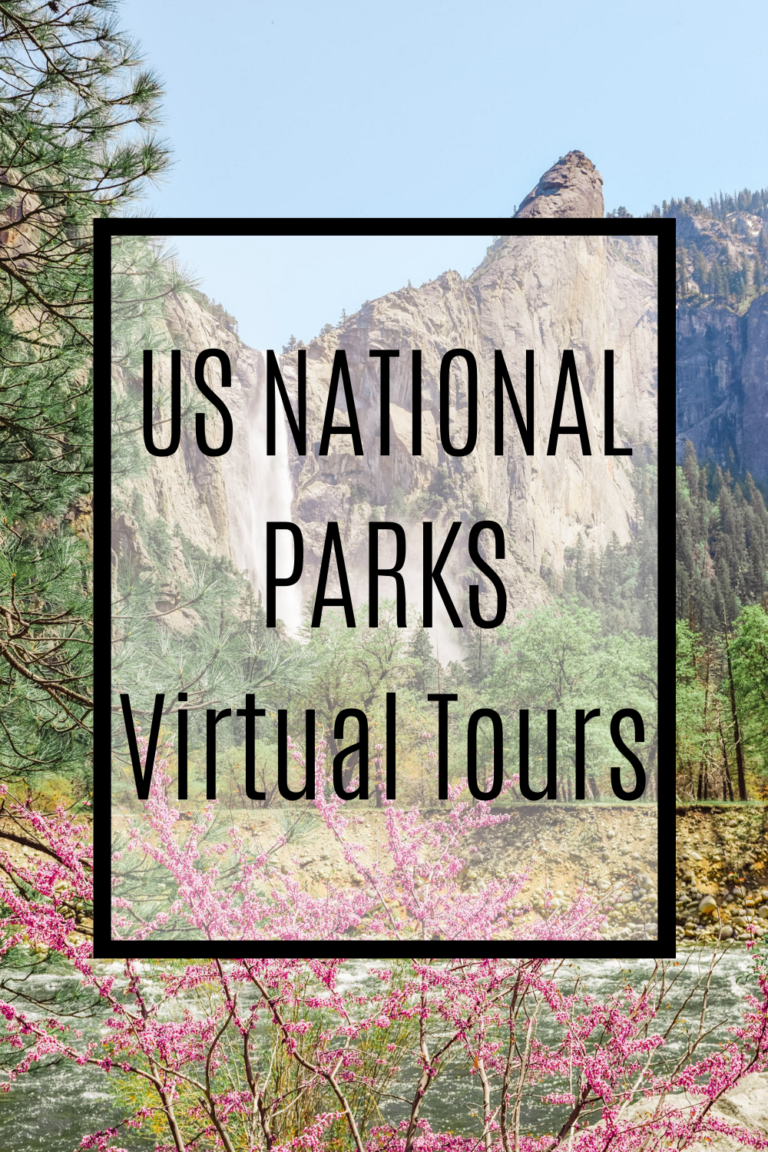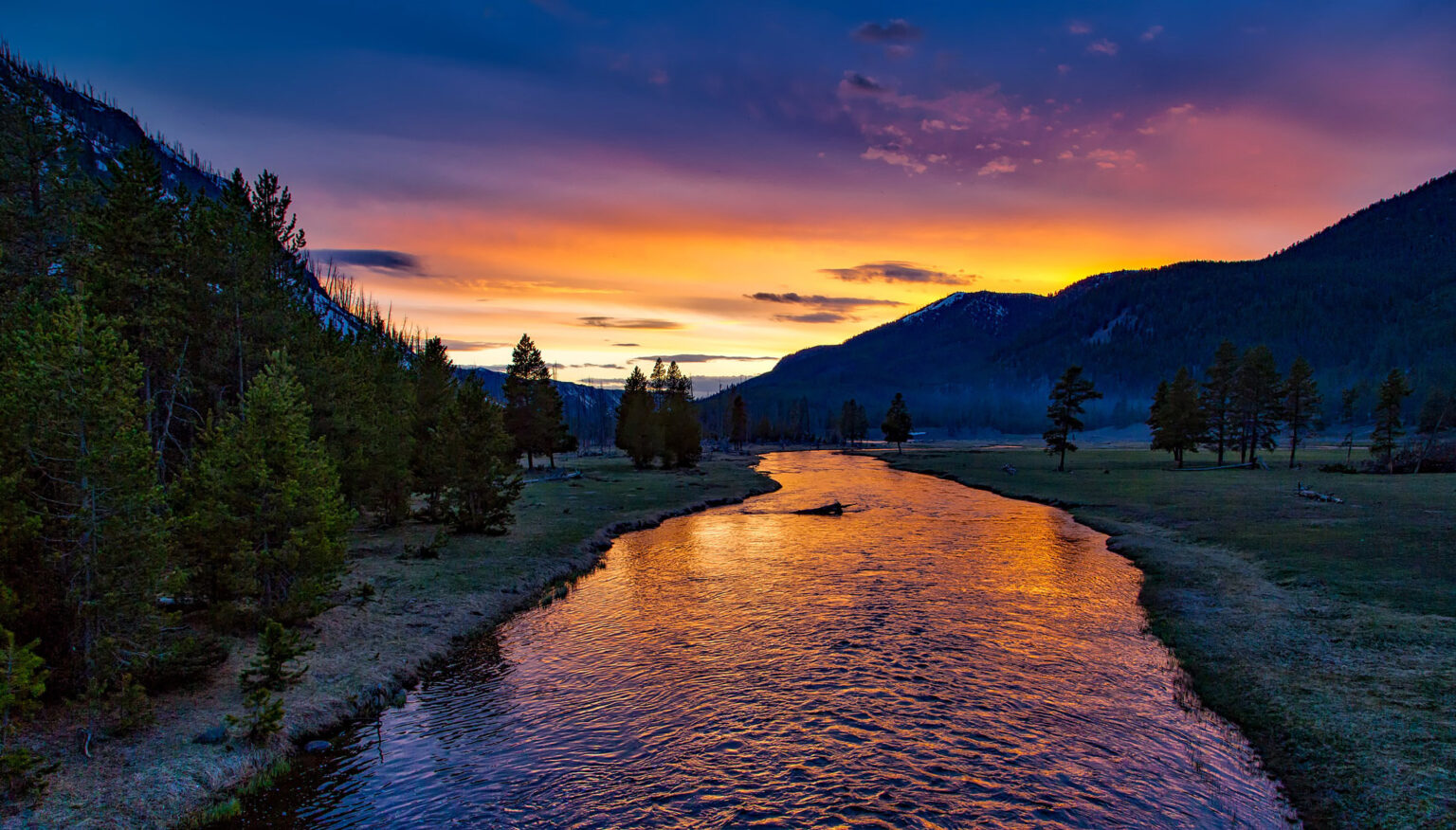

The exhibit allows you to take 360-degree tours of some of the most remote and beautiful U.S. The Hidden Worlds of the National Parks is a new Google Arts & Culture exhibit and interactive documentary, timed to launch in celebration of this month’s NPS Centennial. Google has been taking advantage of things like VR field trips and virtual reality to transport students to distant lands, but today it’s releasing a way to explore scenic wonders closer to home: the U.S. With VR and 360-degree videos, you can now immerse yourself in virtual environments that give you a real sense of what a place is like, without actually being there. If you’re interested in learning more about the California State Parks Online Resources for Teachers and Students, visit their website for more information.Exploring the world is something that’s always been a bit of a luxury for those who can afford to travel, but technology is changing that. PORTS is available to all K-12 students from around the country.

So it’s important that we give them an introduction.”Įven though the virtual aspect is important for those students learning from home, Krey says that the goal is to eventually get kids back to in-person field trips and back in the parks. Krey explains why the program so valuable, “It’s important that students here in California know that these are their resources, these are their places to come and learn, explore and play.

Program Manager Brad Krey says the program is perfect for homeschoolers, families learning from home, or a teacher wanting to augment their virtual classroom with live standards-based content. Lydia Stinson using a green screen to educate students about Anza Borrego Desert State Park How you can be a part of the PORTS program She covers a wide range of topics about the park including plants and animals, how they adapt for survival, landforms, geology, and lots of information about ice age paleontology and fossil records. Stinson says the green screen allows her to take students to different areas of the park they might not be able to see on a regular school field trip. The green screen allows her to be anywhere in the park, which is good since there are over 650,000 acres to cover.

As a State Parks Interpreter with Anza Borrego Desert Park, Stinson often stands in front of her green screen studio to educate students about California’s largest state park. Lydia Stinson loves connecting with students. Lydia Stinson, State Parks Interpreter for PORTS conducting virtual learning at Anza Borrego Desert Park A passion for educating students about nature In other parts of the state, students can explore giant redwood forests, historic Hearst Castle, and state history from the California State Capital Museum. At Anza Borrego Desert State Park, students can learn about ice age fossils, desert ecosystems and ecology. PORTS offers K-12 students from around the country an opportunity to engage with California State Parks through their home Learning Programs, and On-Demand Programs for connections with students in their digital or in-person classrooms.Įxperience over 20 different California state parks and topics ranging from science and history to language arts and math. Due to the pandemic, instead of taking in-person field trips, many students are homeschooling or taking classes at home. The PORTS program connects students to California’s diverse cultural, natural, and historic resources through virtual field-trip experiences.Ĭonnecting students to California state parksĬalifornia is home to over 280 State Parks which offers access to 340 miles of coastline, 4500 miles of hiking trails, and more than 75 million visitors annually. Looking for an engaging way to connect students to science and history or to bring real-life nature experiences into the home or classroom?Ĭalifornia State Parks offers K-12 students the opportunity to engage and connect to California parks resources through their PORTS program (Parks Online Resources for Teachers and Students).


 0 kommentar(er)
0 kommentar(er)
